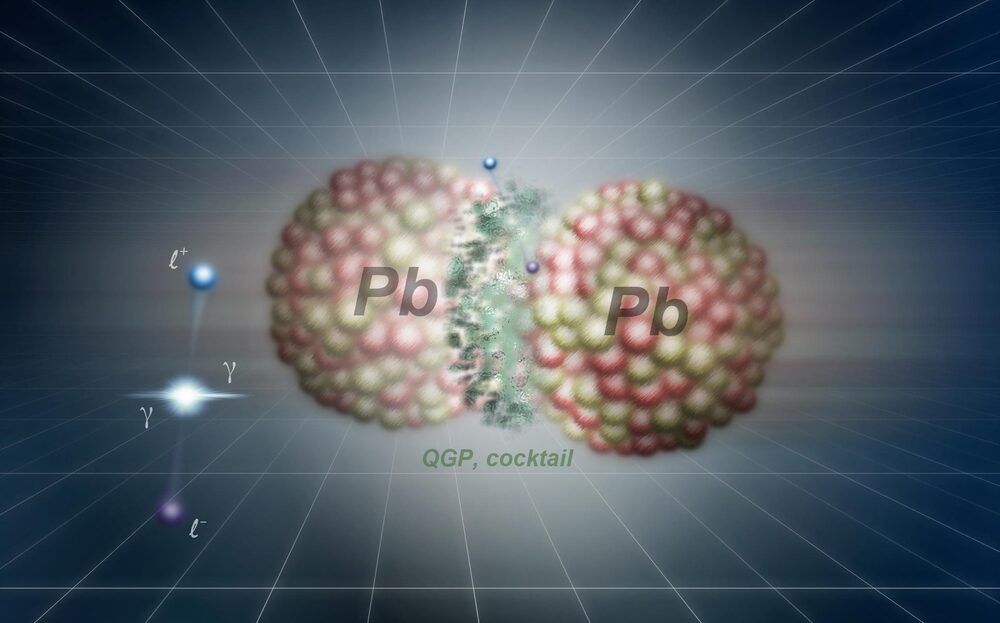O,.o! Woah
When heavy ions, accelerated to the speed of light, collide with each other in the depths of European or American accelerators, quark-gluon plasma is formed for fractions of a second, or even its “cocktail” seasoned with other particles. According to scientists from the IFJ PAN, experimental data show that there are underestimated actors on the scene: photons. Their collisions lead to the emission of seemingly excess particles, the presence of which could not be explained.
Quark-gluon plasma is undoubtedly the most exotic state of matter thus far known to us. In the LHC at CERN near Geneva, it is formed during central collisions of two lead ions approaching each other from opposite directions, traveling at velocities very close to that of light. This quark-gluon soup is also sometimes seasoned with other particles. Unfortunately, the theoretical description of the course of events involving plasma and a cocktail of other sources fails to describe the data collected in the experiments.
In an article published in Physics Letters B, a group of scientists from the Institute of Nuclear Physics of the Polish Academy of Sciences in Cracow explained the reason for the observed discrepancies. Data collected during collisions of lead nuclei in the LHC, as well as during collisions of gold nuclei in the RHIC at Brookhaven National Laboratory near New York, begin to agree with the theory when the description of the processes takes into account collisions between photons surrounding both interacting ions.
